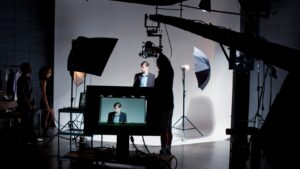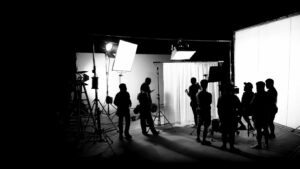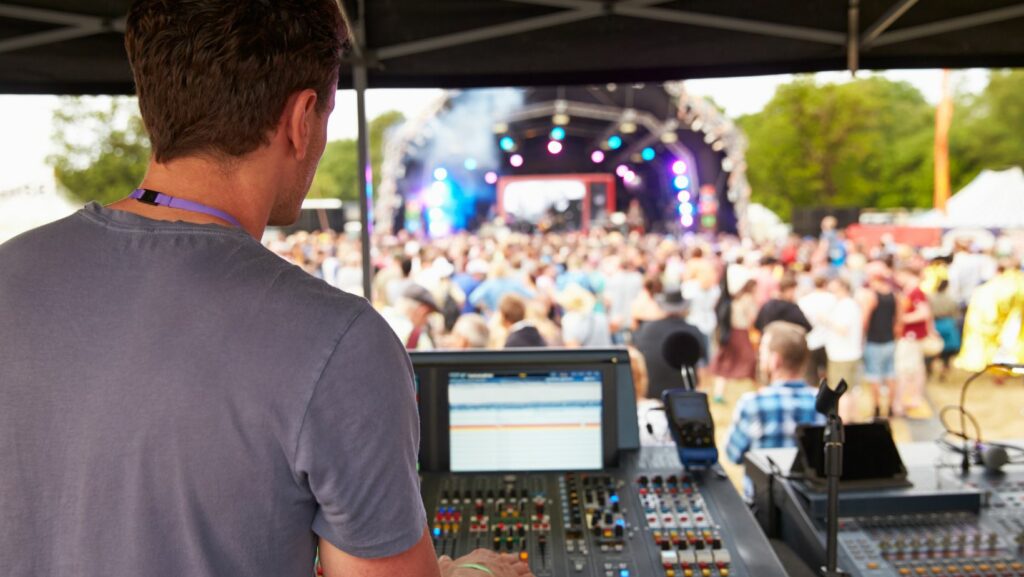Sound in film has come a long way since the silent era, transforming the cinematic experience in ways early filmmakers could only dream of. From the first synchronized dialogues in “The Jazz Singer” to today’s immersive surround sound systems, audio has become an integral part of storytelling. This evolution not only enhanced the emotional depth of movies but also revolutionized the way audiences connect with on-screen narratives.
Today, sound design is a sophisticated art form, with meticulous attention to detail ensuring every whisper, explosion, and musical score resonates with precision. Understanding the journey of sound in film reveals its pivotal role in shaping the magic of cinema as we know it.
Evolution Of Sound In Film
Sound has been an integral part of film evolution, vastly transforming the cinematic landscape. Initially, films relied heavily on visual storytelling during the silent era. The introduction of synchronized sound, notably with the 1927 film “The Jazz Singer,” marked a pivotal point in the evolution of sound in film. This shift allowed for dialogue, enhancing narrative complexity and emotional depth.

Soundtracks expanded with the advent of multi-channel audio and surround sound in the mid-20th century. These advancements enriched the auditory experience, immersing audiences in the film environment. By the late 20th century, the rise of digital audio revolutionized sound design, enabling precise editing and mixing techniques. This precision deepened the connection between audience and story, fundamentally altering the film medium.
Today, sound design is a sophisticated art form crucial to storytelling. It incorporates dialogue, music, and effects to craft an immersive experience. As the evolution of sound in film continues, audio innovations keep redefining audience expectations, enhancing the multi-sensory experience that film offers.
The Silent Era
During the silent era, films relied heavily on visual storytelling, as they lacked synchronized dialogue. This period marks the beginning of the evolution of sound in film, even as sound itself remained absent.
Silent Films And Live Accompaniment

Silent films often featured live musical accompaniment to enhance the viewing experience. Cinemas employed pianists or orchestras to provide mood-appropriate music, which varied with each performance. This live accompaniment filled the silence and provided emotional context, illustrating the initial attempts to integrate sound into cinema.
Technological Limitations
The silent era faced significant technological limitations that prevented synchronized sound. Recording and playing sound alongside visual film remained a challenge due to the lack of reliable synchronization methods. Eventually, advancements would lead to the development of sound-on-film and sound-on-disc systems, paving the way for the future of sound in cinema.
Digital Sound And The Modern Era
The digital era reshaped the evolution of sound in film, introducing sophisticated technologies that enhanced audio quality and flexibility. These advancements allowed for more immersive and precise soundscapes in movies.
Advancements In Sound Editing

Digital sound editing revolutionized the film industry by offering precision and creativity in audio manipulation. Software like Pro Tools and Adobe Audition enabled editors to cut, mix, and layer audio with greater accuracy than analog methods. Multitrack editing permitted complex sound layering, allowing seamless integration of dialogue, sound effects, and music. Innovations like digital reverb and surround sound simulation enriched the audio landscape. These tools enhanced the storytelling potential, providing directors with new ways to engage viewers through sound.
Impact On Contemporary Cinema
Digital sound profoundly influenced contemporary cinema by transforming the viewer’s auditory experience. Modern filmmakers exploit digital audio’s capabilities to craft intricate soundscapes that amplify narrative depth. Films such as “Inception” and “The Matrix” feature sound design that distinguishes diegetic and non-diegetic elements, using audio to drive emotional impact and tension. Surround sound systems, including Dolby Atmos, create an immersive environment, enveloping audiences and elevating the cinematic experience.
As filmmakers continue to push the boundaries of sound design, the future promises even more innovative ways to captivate and transport viewers. With ongoing advancements, sound remains a vital and dynamic element of the cinematic experience, continually enhancing the way stories are told on the big screen.



